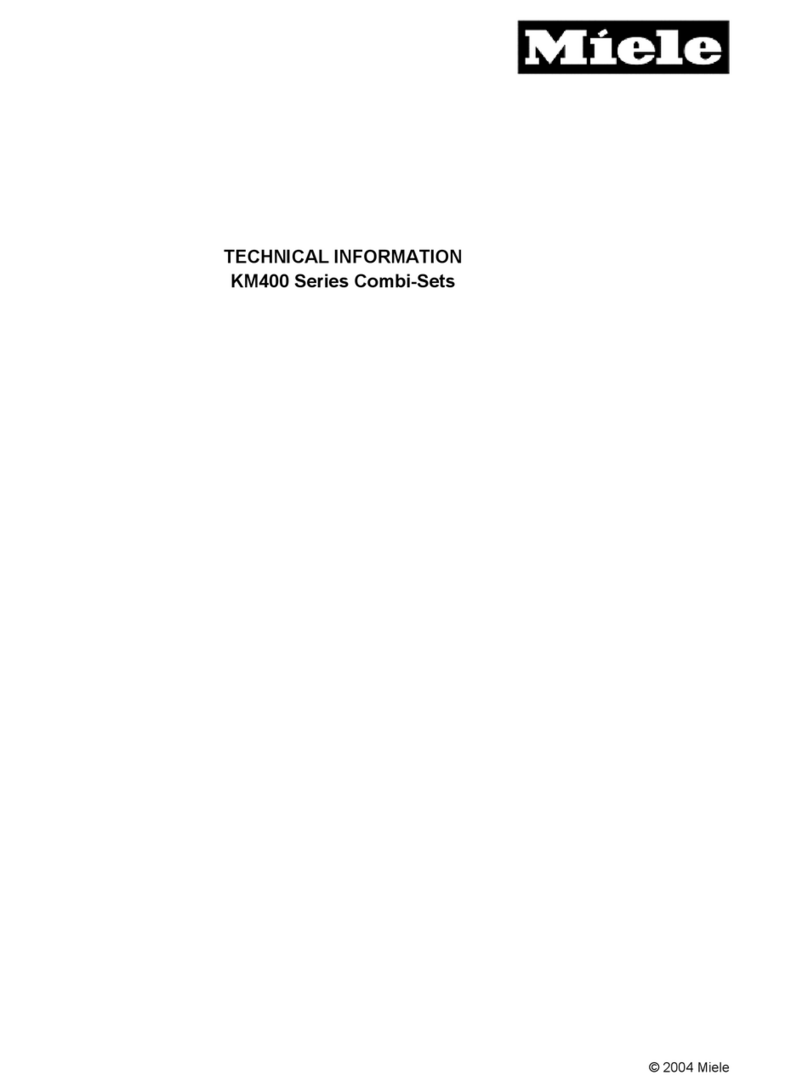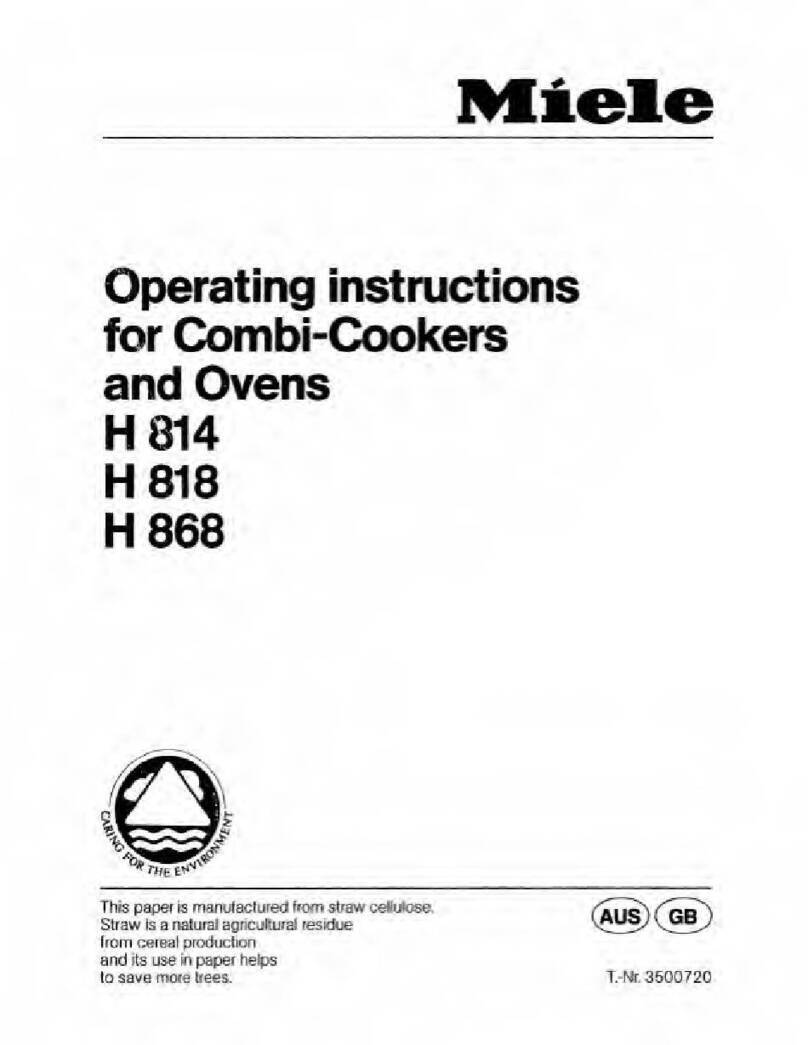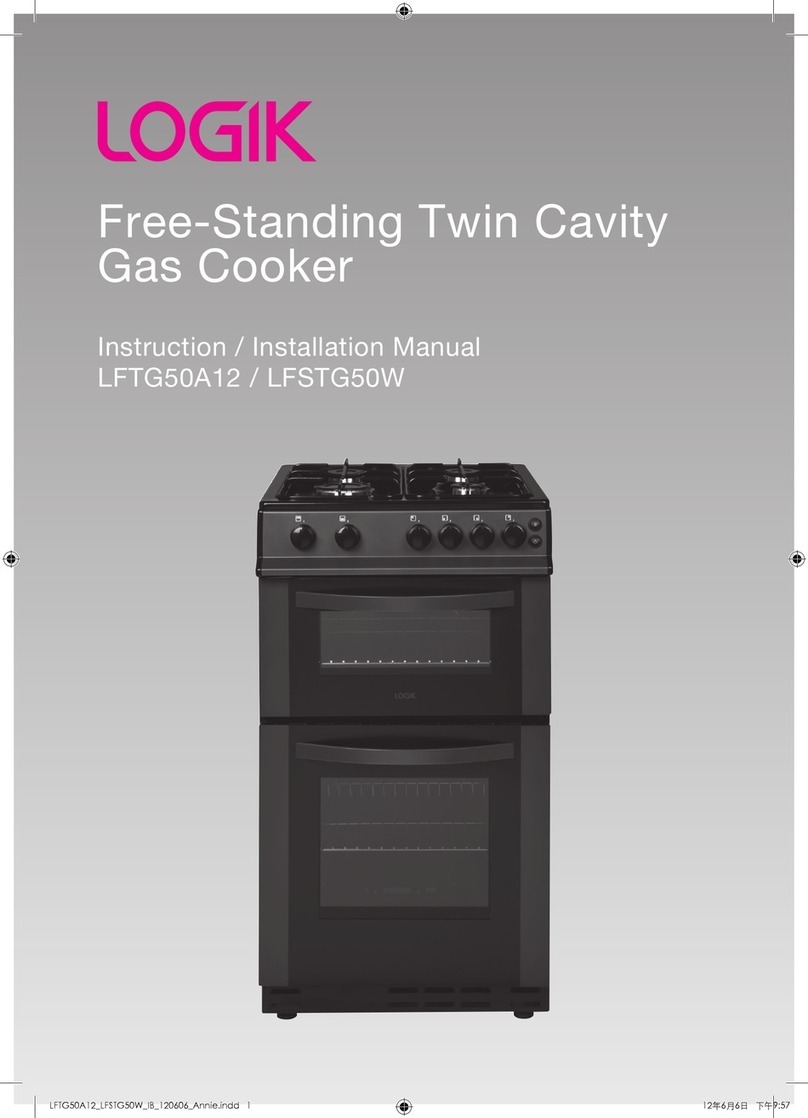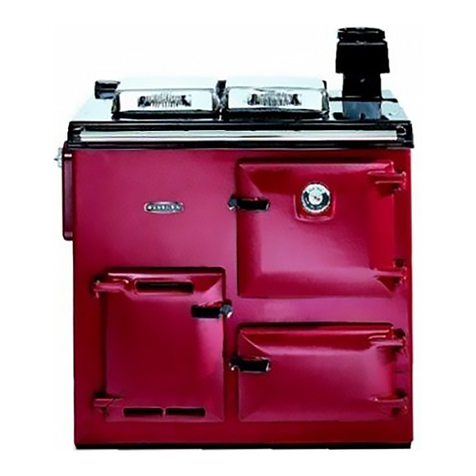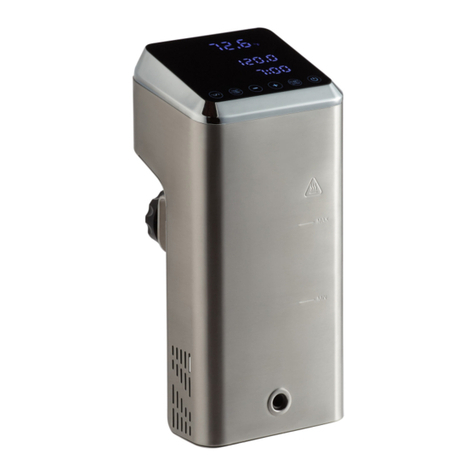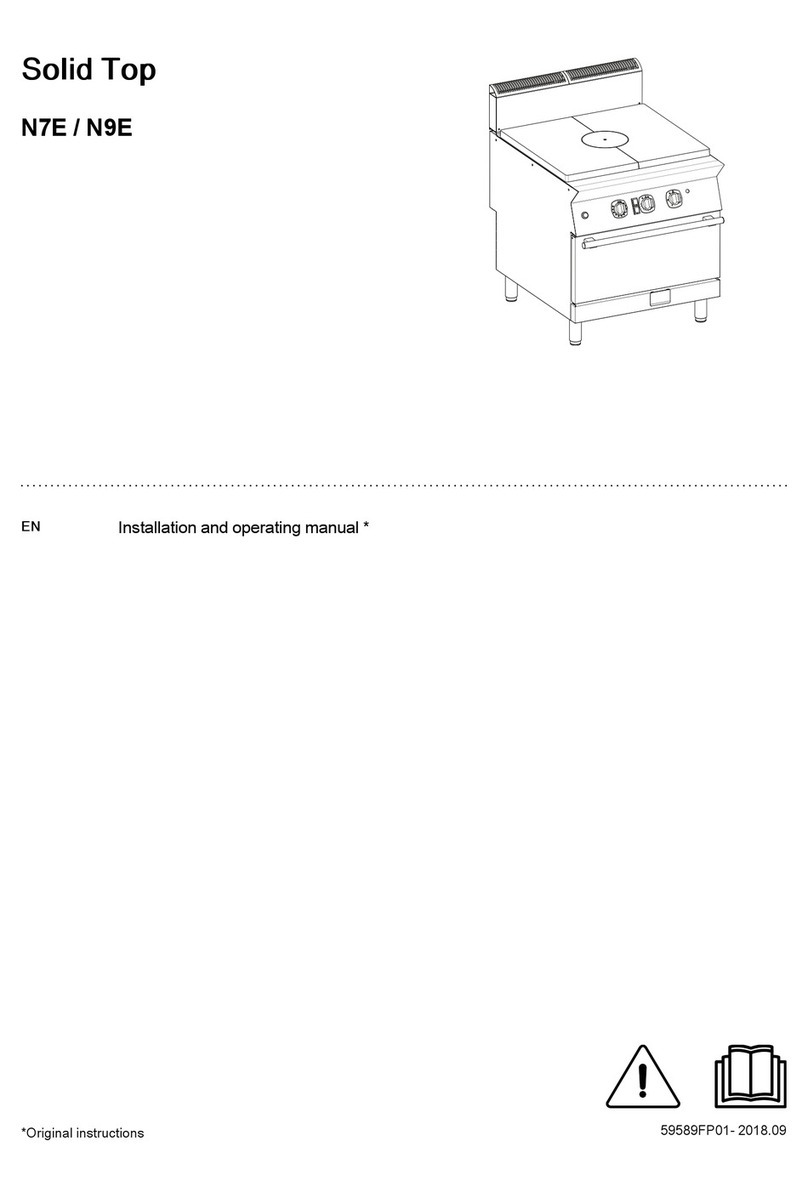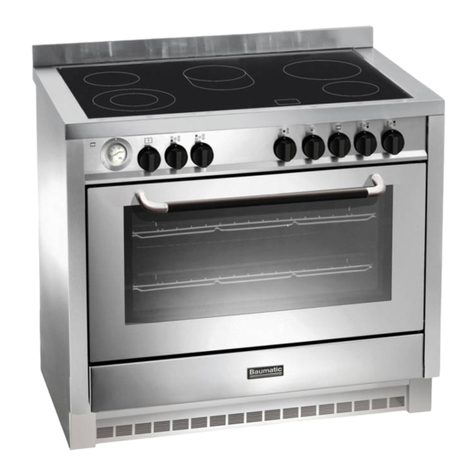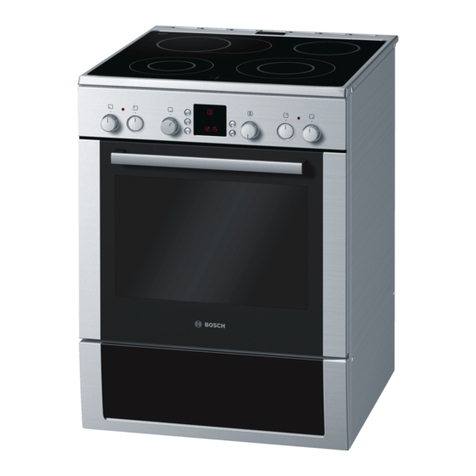Miele H 814 User manual
Other Miele Cooker manuals

Miele
Miele H 2265-1 B User manual

Miele
Miele HR 1934 User manual
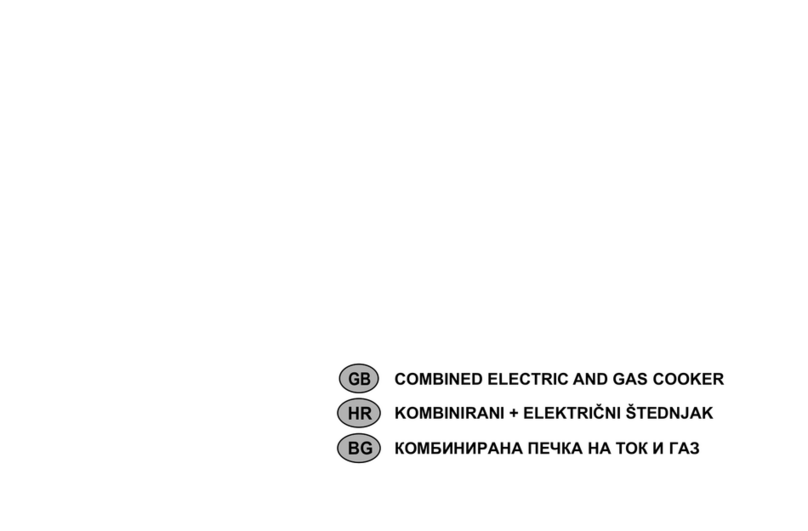
Miele
Miele KM 142 Manual

Miele
Miele HR 1956 User manual

Miele
Miele HR1421 User manual

Miele
Miele H2265E User manual
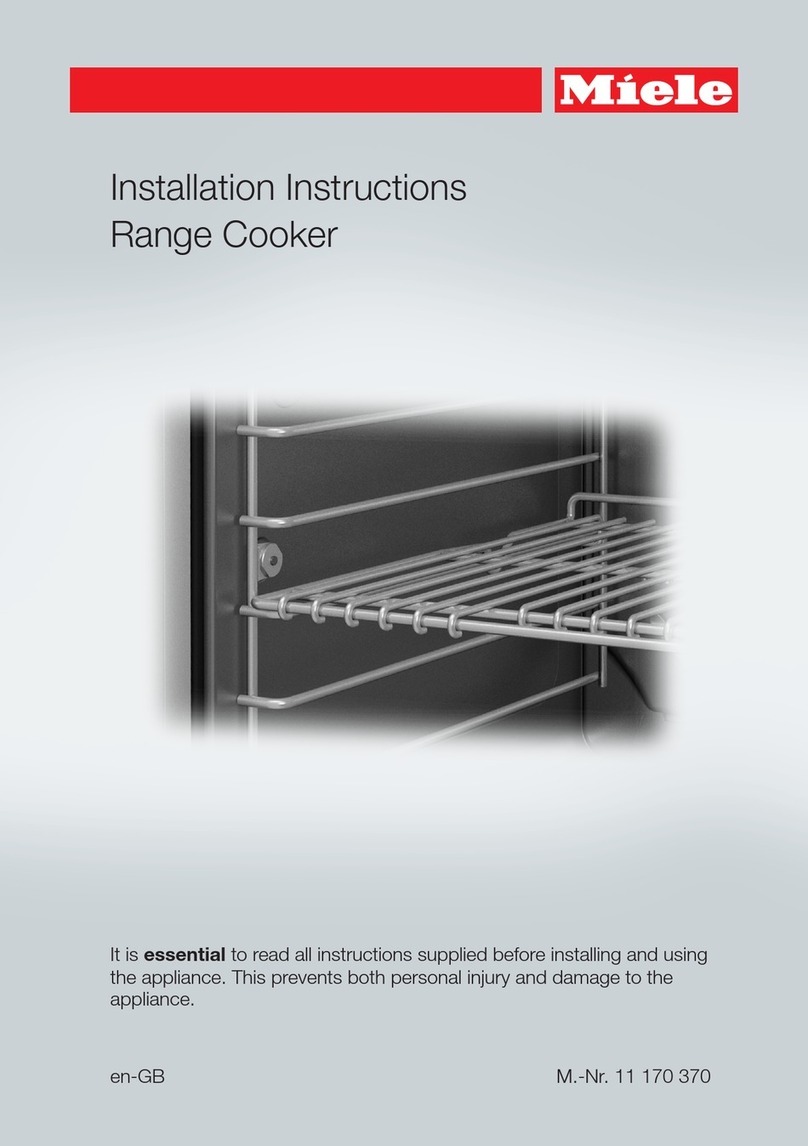
Miele
Miele HR 1956-1 User manual

Miele
Miele HR 1956 User manual
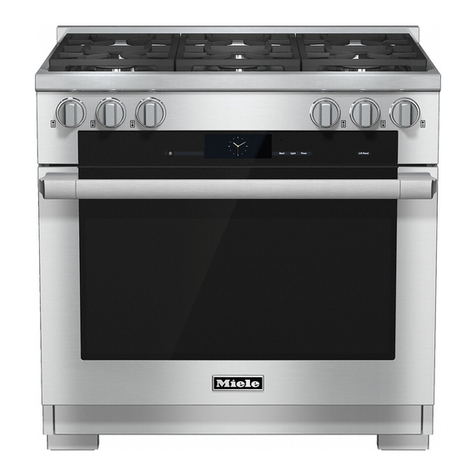
Miele
Miele HR1934DF User manual
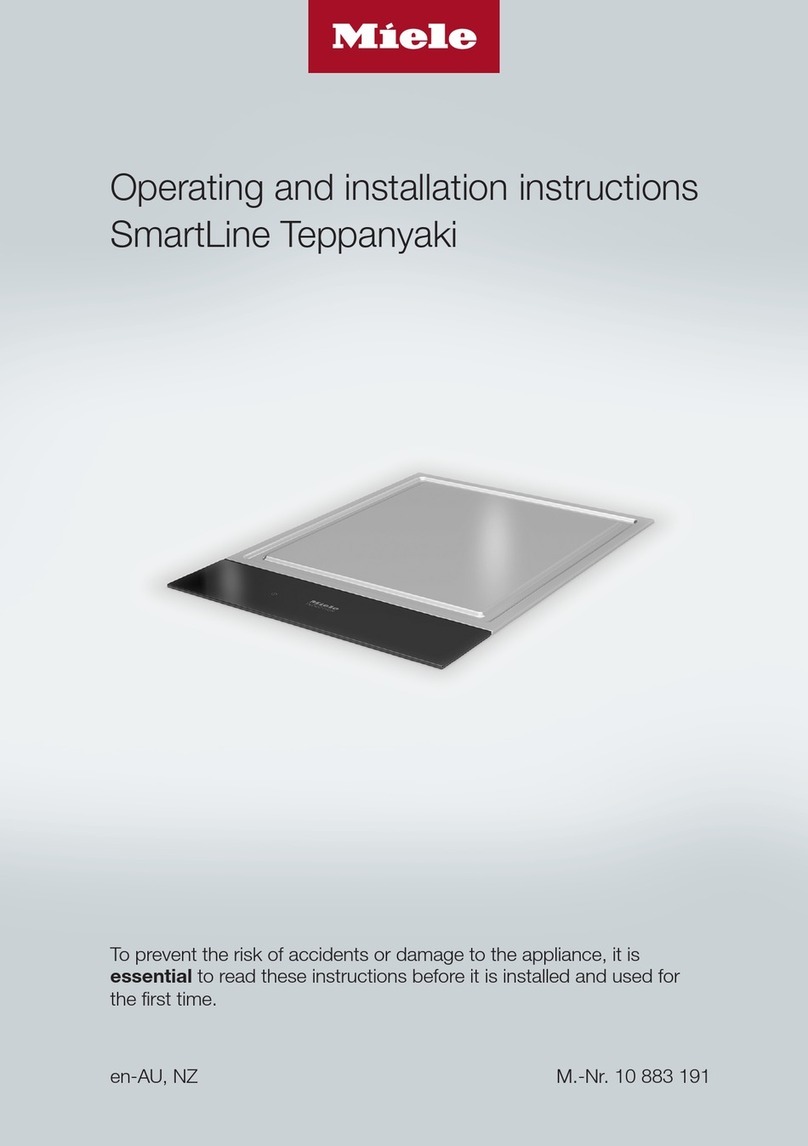
Miele
Miele SmartLine CS 7632 User manual
